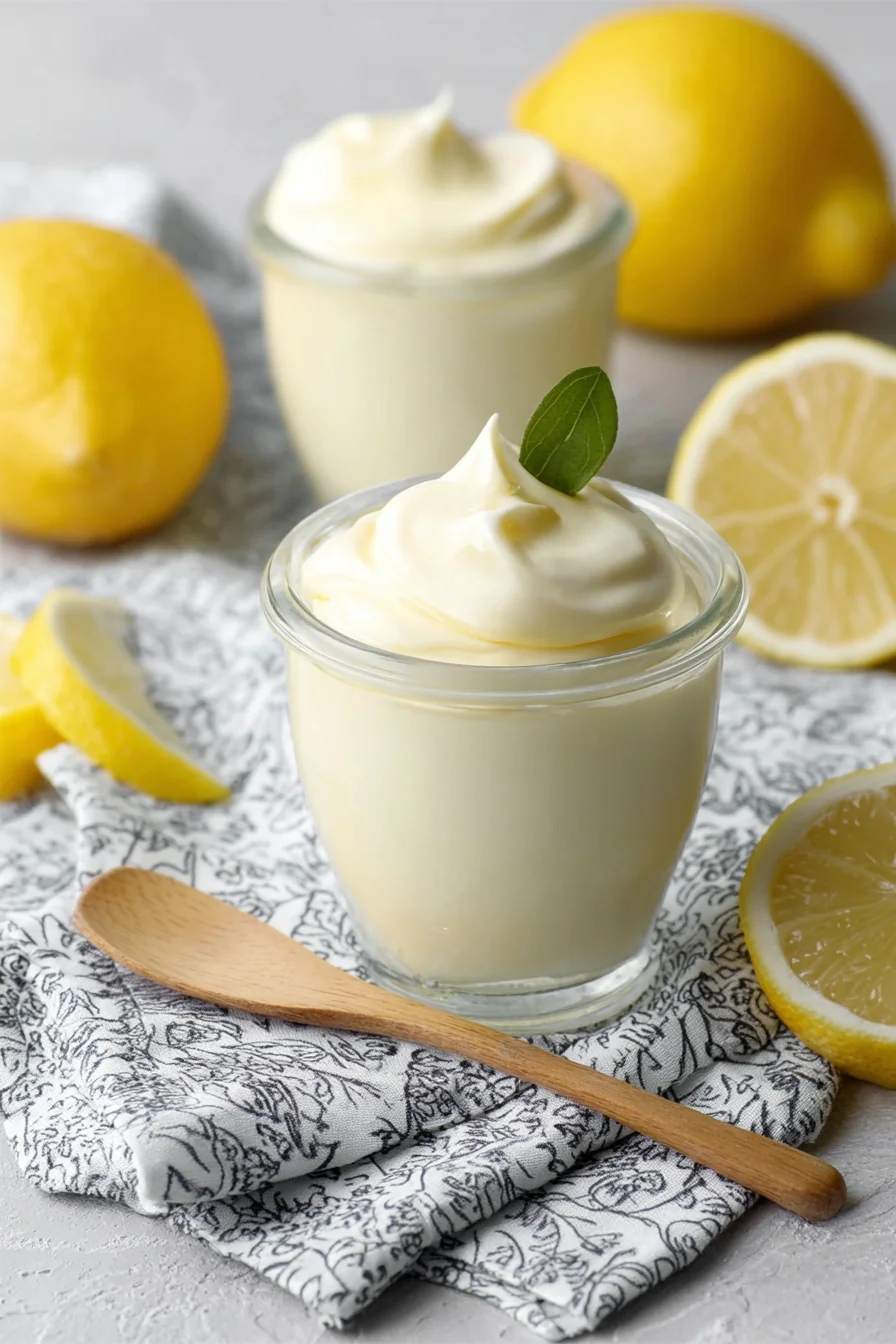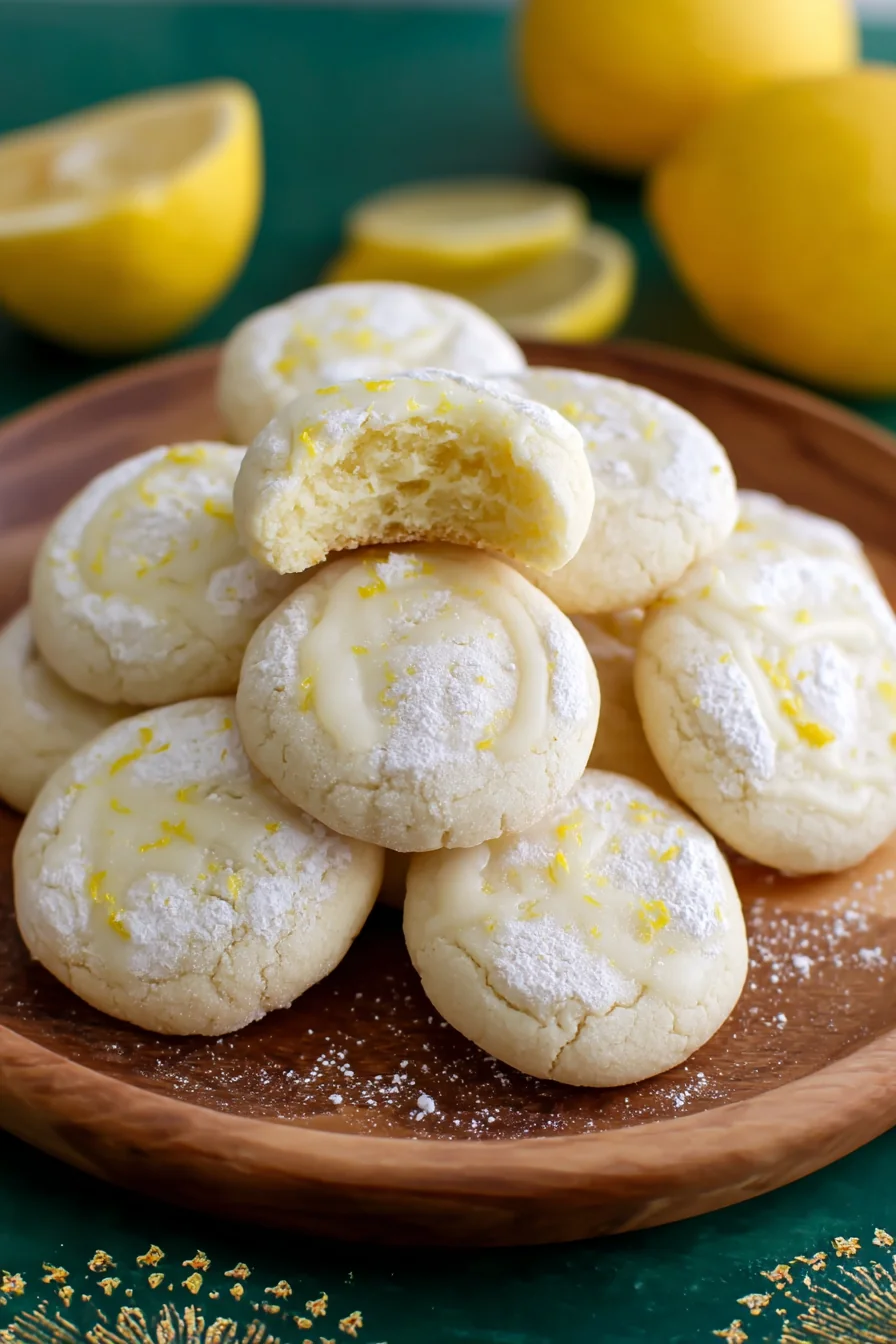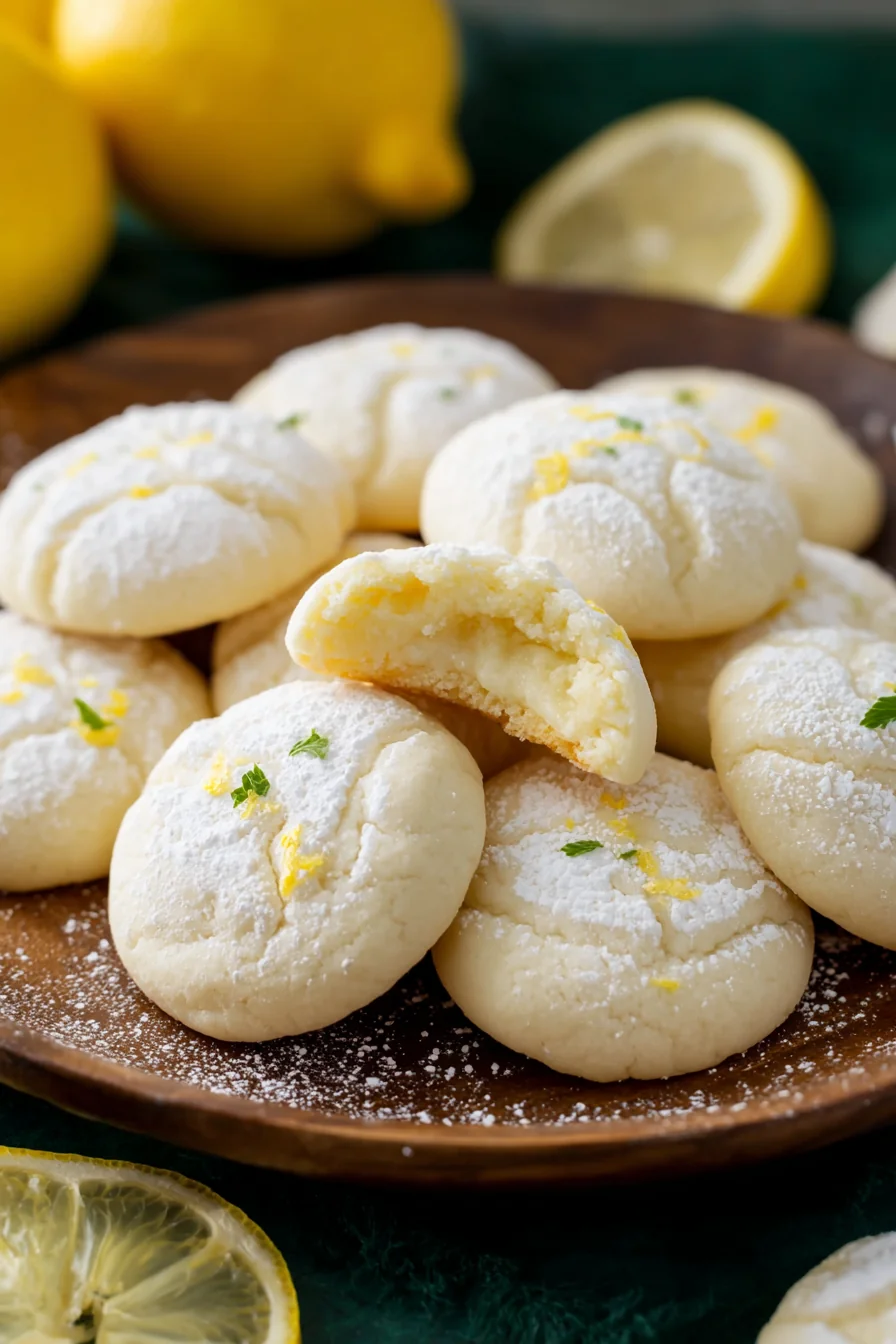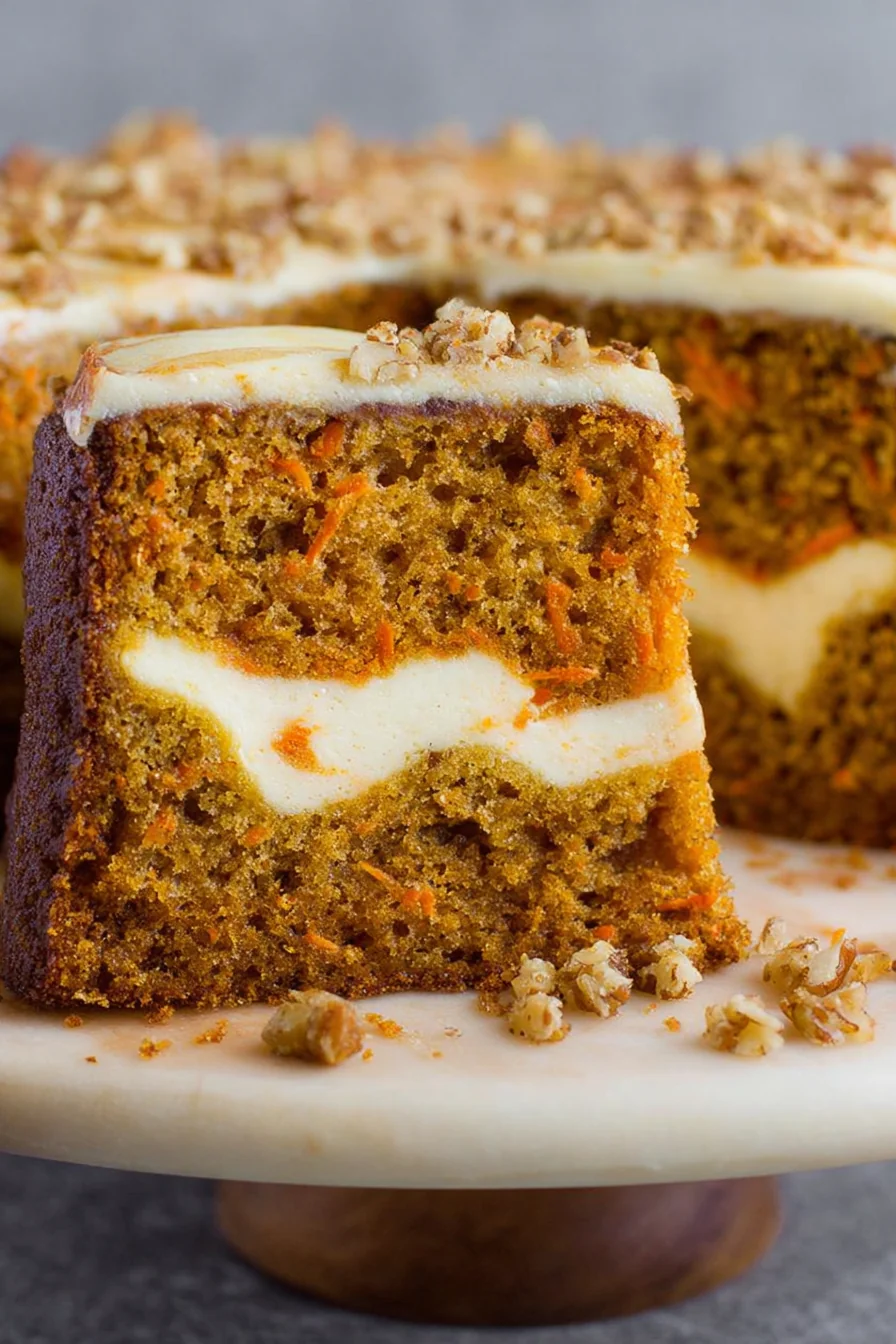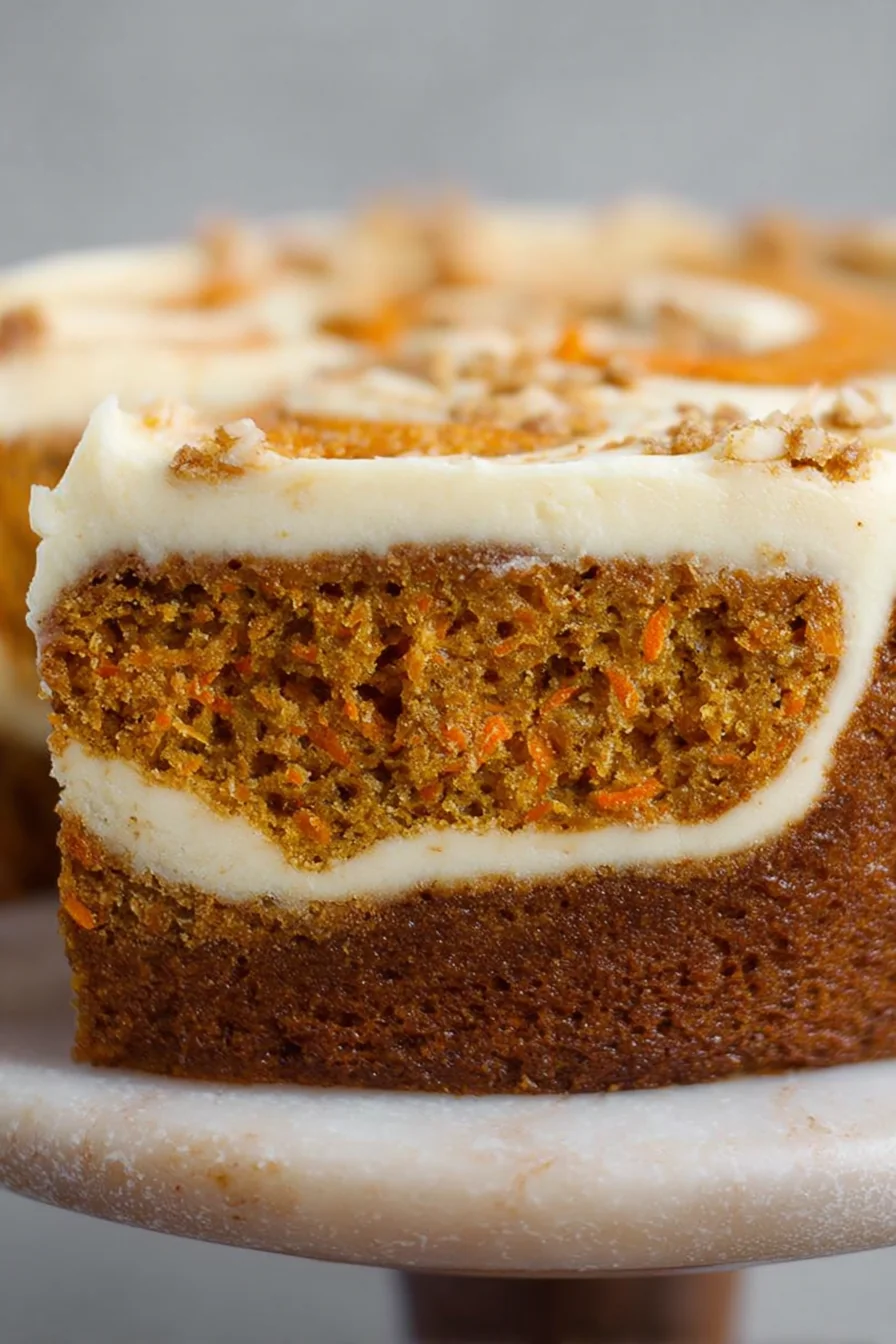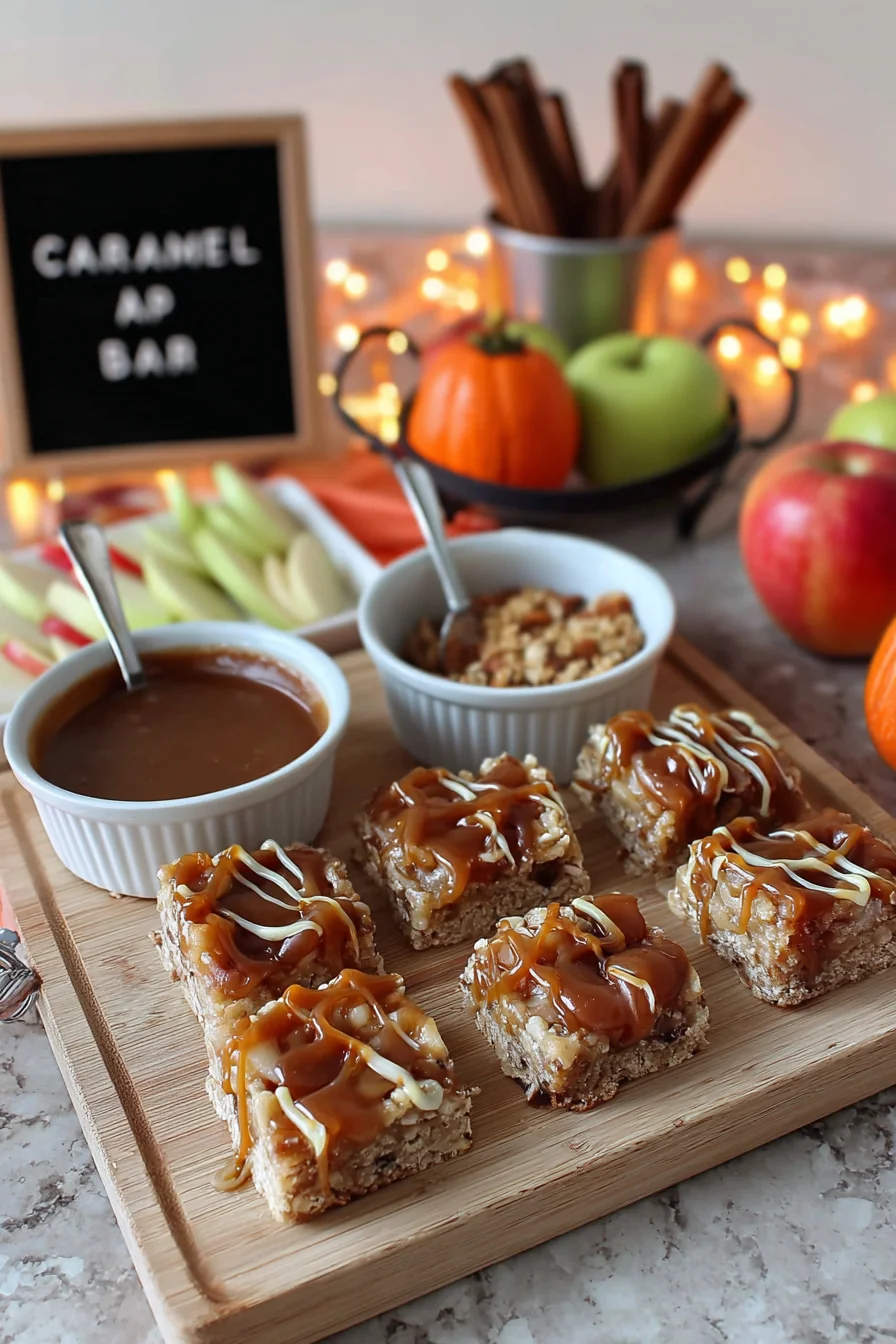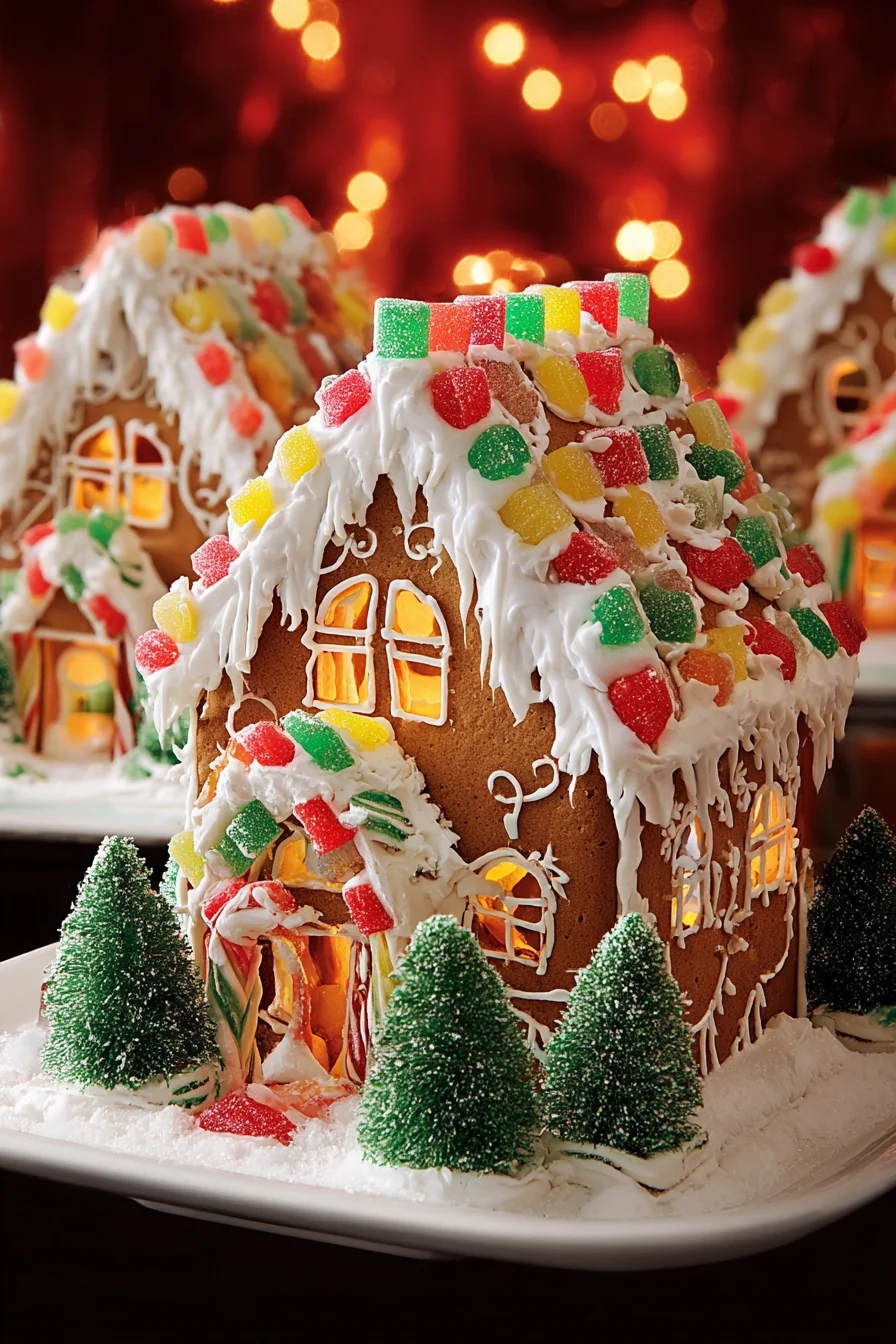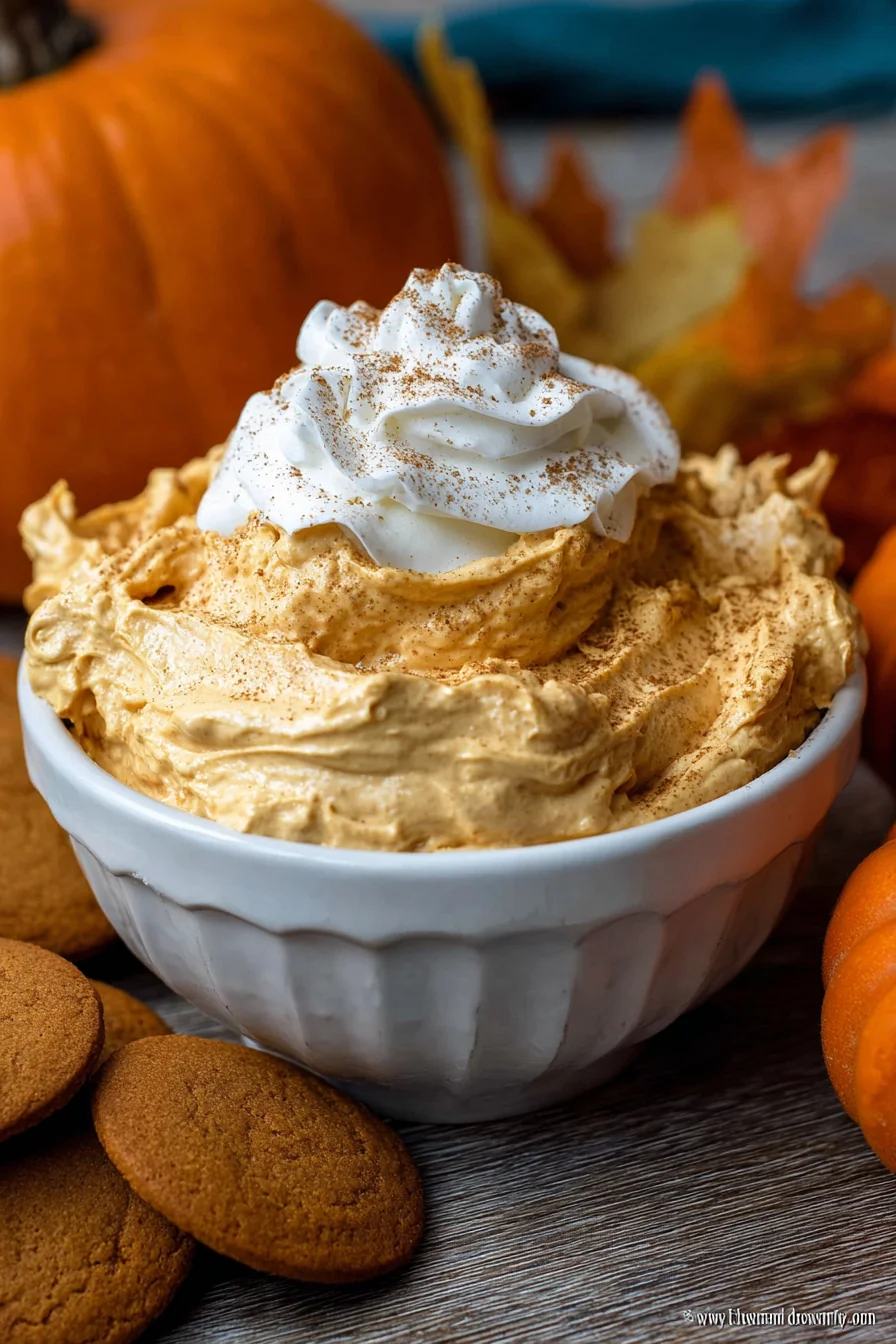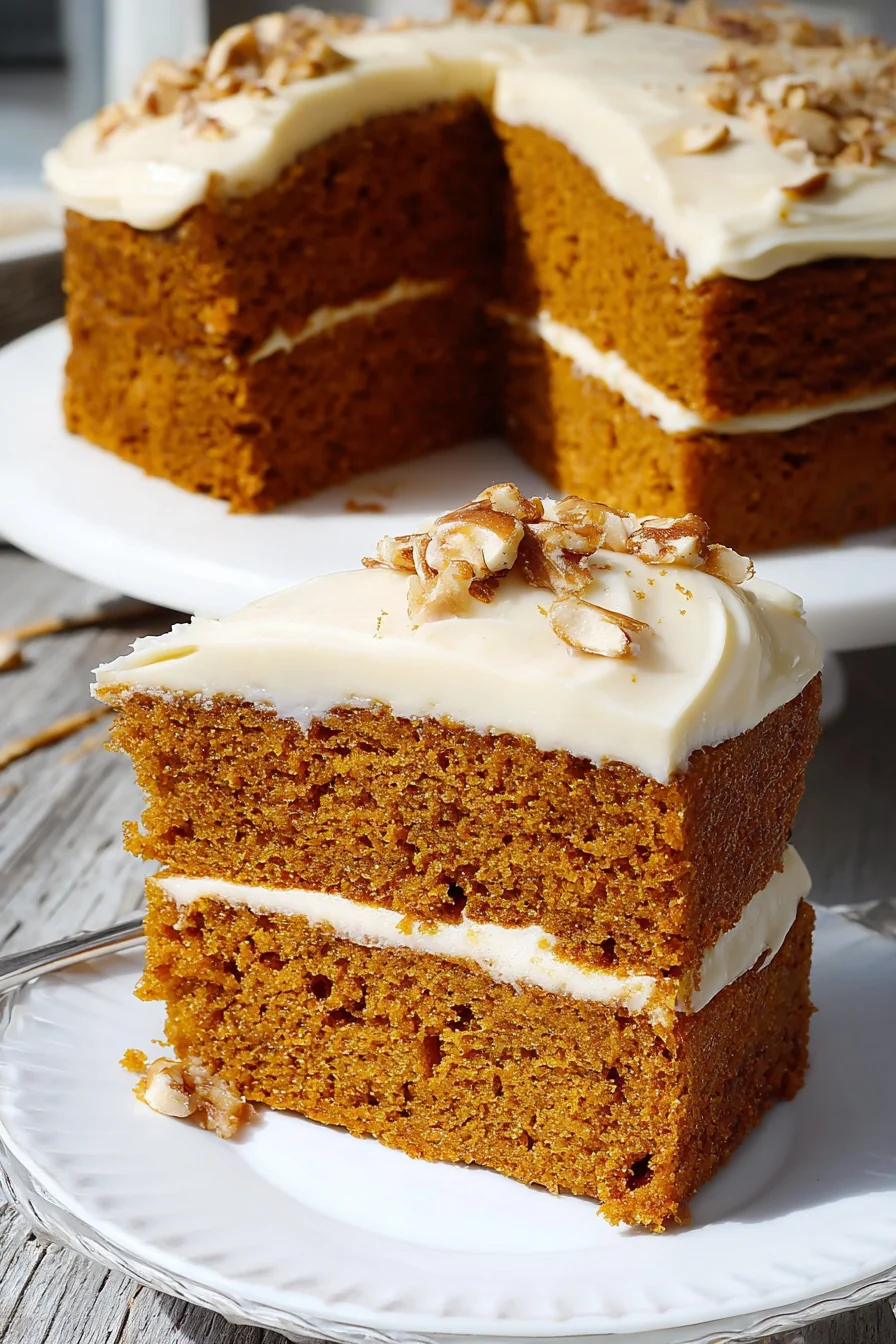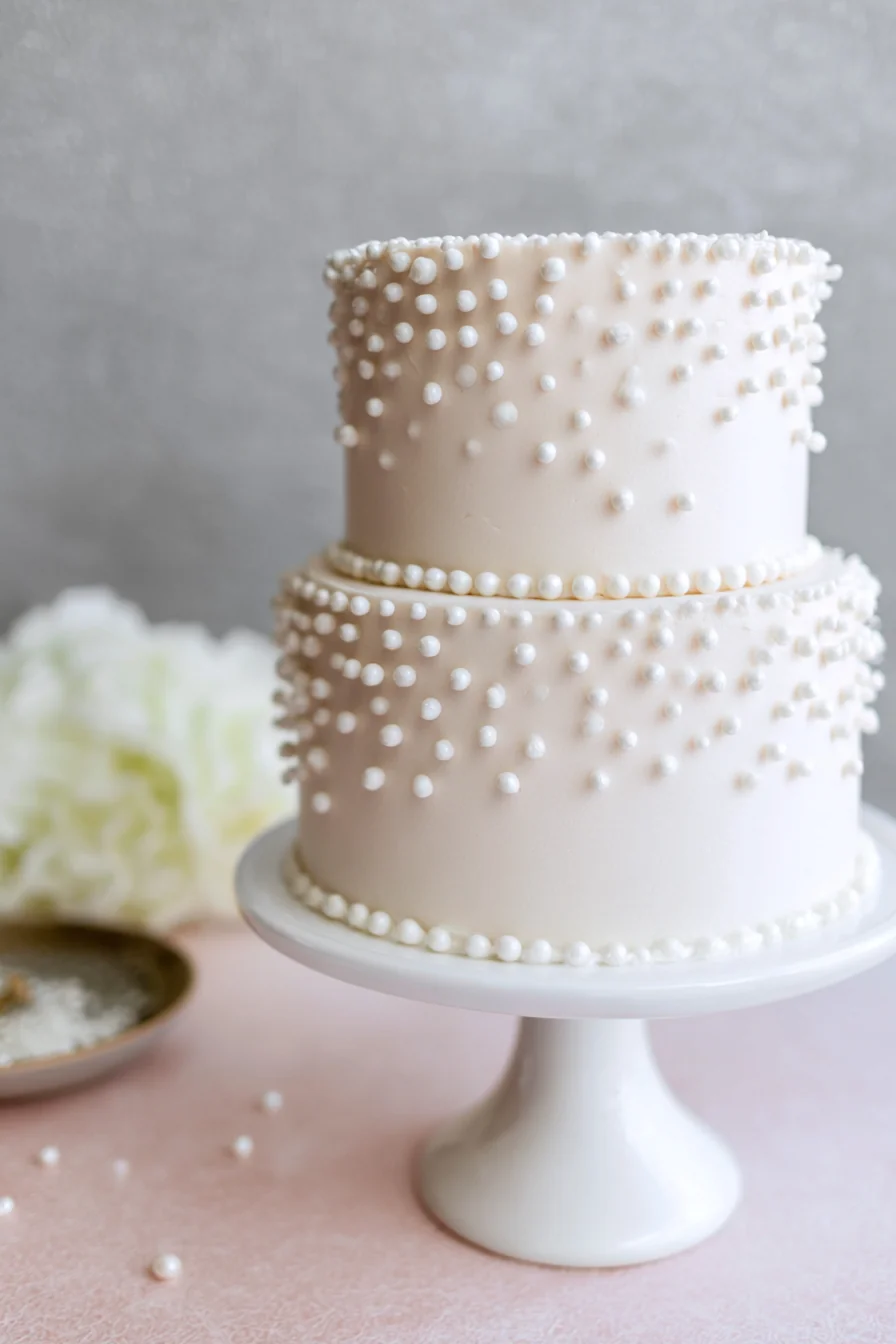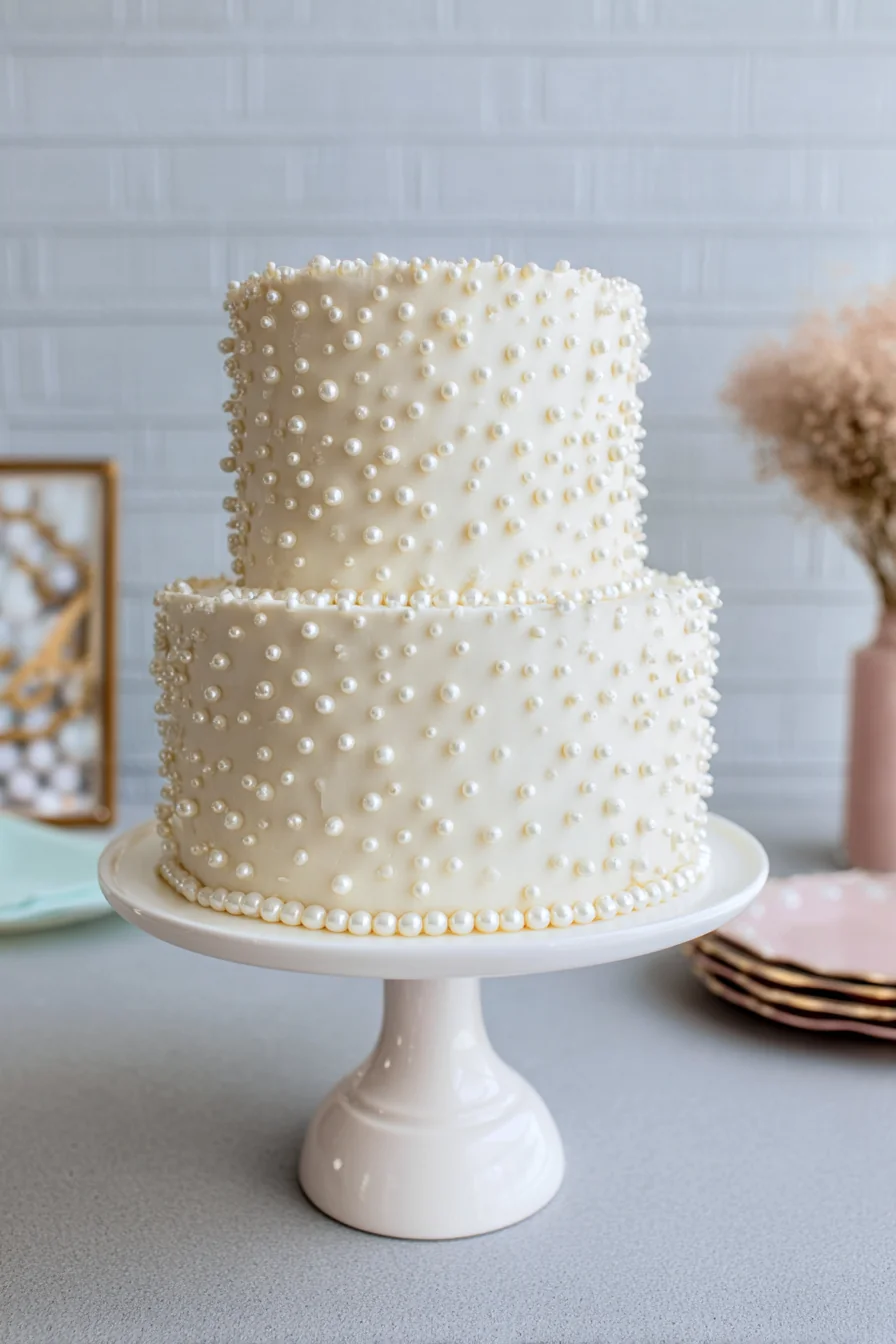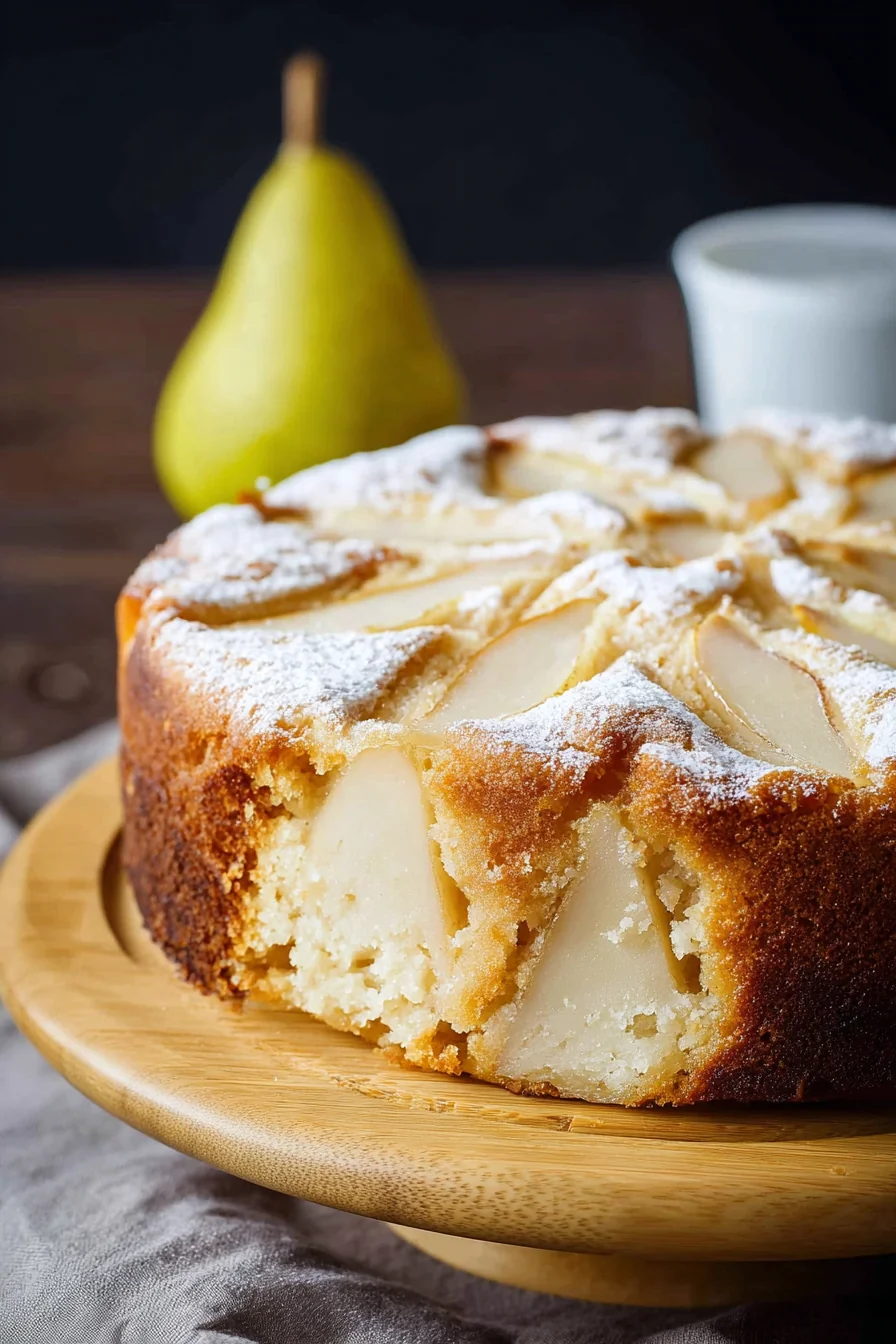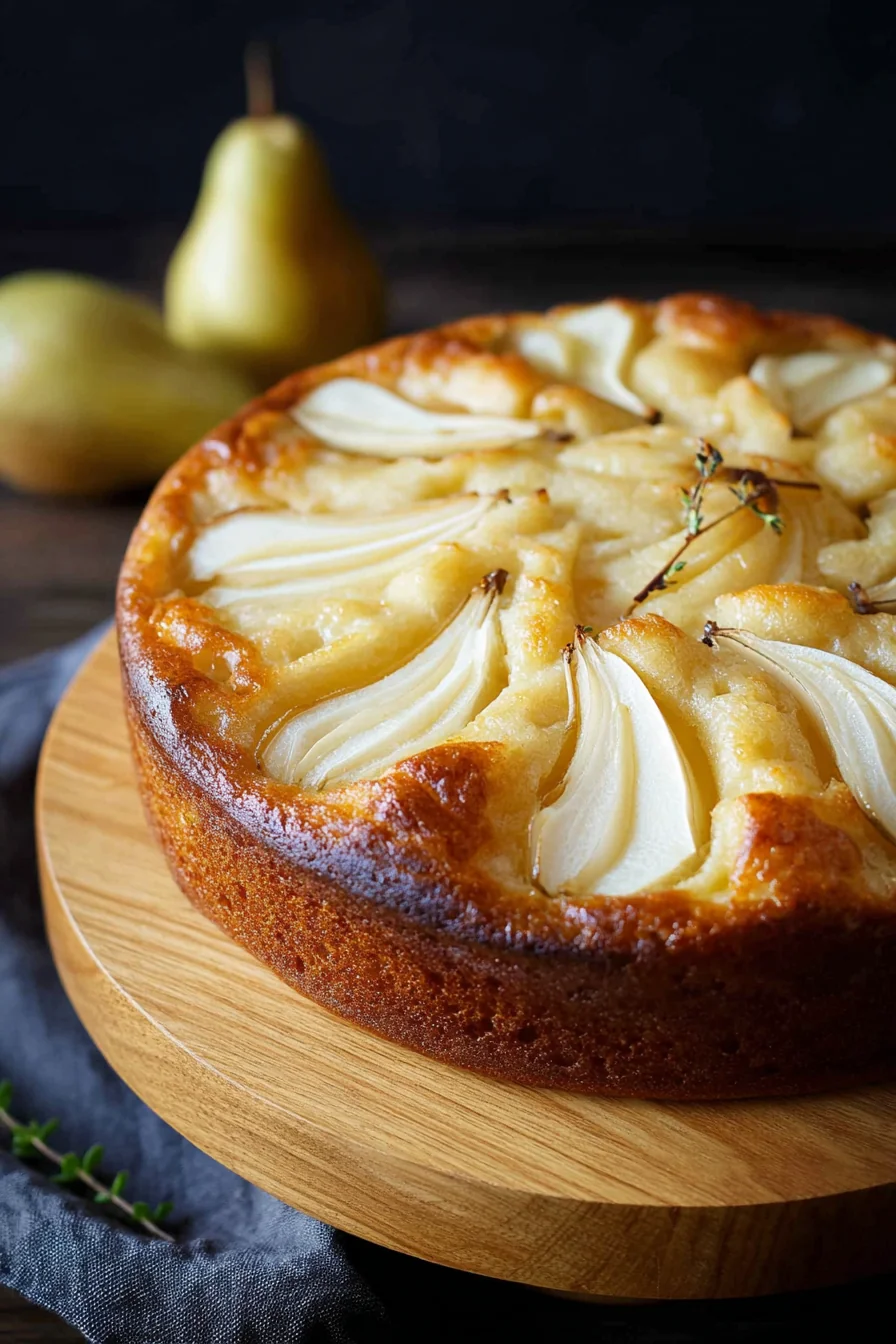Why You’ll Love This Recipe
- Refreshing citrus flavor: The bright, tangy taste of lemon adds a delightful zing to this creamy dessert.
- Easy to make: With just a few simple steps, you can whip up this dessert in no time.
- Versatile serving options: Enjoy it as a standalone treat, or use it as a topping for cakes and pies.
- No-bake convenience: Perfect for hot summer days when you don’t want to turn on the oven.
- Light and airy texture: The whipped cream adds a fluffy, mousse-like consistency that’s irresistible.
- Diet-friendly: Gluten-free and easily adaptable to suit various dietary needs.
Ingredients & Preparation Notes
- Heavy cream: Use cold heavy cream for the best whipping results. Look for cream with at least 36% fat content.
- Sugar: Granulated sugar works best for this recipe, providing the right sweetness without overpowering the lemon flavor.
- Egg yolks: Room temperature egg yolks incorporate more easily into the sugar mixture. Use fresh, high-quality eggs for the best flavor and safety.
- Lemon juice and zest: Freshly squeezed lemon juice and finely grated zest are essential for that vibrant citrus taste. About 2-3 lemons should yield the required amount.
- Vanilla extract: A small amount of vanilla enhances the overall flavor profile without competing with the lemon.
When selecting your ingredients, opt for the freshest possible. If you need to substitute, you can use bottled lemon juice in a pinch, but fresh is always best. For a dairy-free version, try using coconut cream, though the flavor will be slightly different.
Professional Tips & Techniques
- Temperature control: When cooking the lemon mixture, maintain a medium heat to prevent the eggs from scrambling. If you’re concerned about overcooking, use a double boiler for added control.
- Whipping cream: Whip the cream until stiff peaks form, but be careful not to overwhip, as this can lead to a grainy texture.
- Folding technique: When combining the lemon mixture with the whipped cream, use a gentle folding motion to maintain the light and airy texture.
- Visual cues: The lemon mixture is ready when it thickly coats the back of a spoon. You should be able to draw a line through the mixture on the spoon, and it should hold its shape.
- Cooling: Allow the lemon mixture to cool slightly before folding in the whipped cream to prevent the cream from melting and losing its volume.
Recipe Variations
- Lemon Cream Pie: Use the lemon cream as a filling for a pre-baked pie crust. Top with whipped cream and lemon zest for an elegant dessert.
- Lemon Cream Parfait: Layer the lemon cream with crushed graham crackers or cookies and fresh berries in individual glasses for a parfait-style treat.
- Lemon Cream Sauce: Thin the lemon cream with a bit of milk or cream to create a sauce perfect for drizzling over cakes or fruit.
- Coconut Lemon Cream: Substitute half of the heavy cream with coconut cream for a tropical twist on the classic recipe.
- Lemon Cream Cheesecake: Fold softened cream cheese into the lemon cream mixture and use it as a no-bake cheesecake filling.
- Meyer Lemon Cream: Use Meyer lemons for a slightly sweeter and less tart version of the dessert.
- Lemon Cream Mousse: Incorporate gelatin into the lemon mixture for a firmer, mousse-like consistency.
- Lemon Cream Ice Cream: Churn the lemon cream in an ice cream maker for a refreshing frozen treat.
Serving Suggestions
- Standalone dessert: Serve the lemon cream in individual glasses, garnished with a sprig of mint and a sprinkle of lemon zest.
- With fresh fruit: Pair the lemon cream with sliced strawberries, raspberries, or blueberries for a refreshing summer dessert.
- As a topping: Use the lemon cream as a topping for cakes, pies, or pavlovas to add a burst of citrus flavor.
- With shortbread cookies: Serve alongside crisp shortbread cookies for a delightful textural contrast.
- In a trifle: Layer the lemon cream with cake cubes and fruit in a trifle dish for an impressive dessert presentation.
Storage & Make-Ahead Tips
- Refrigeration: Store leftover lemon cream in an airtight container in the refrigerator for up to 3 days.
- Make-ahead: The lemon cream can be made up to 2 days in advance. Keep it refrigerated until ready to serve.
- Freezing: While the texture may change slightly, you can freeze the lemon cream for up to 1 month. Thaw in the refrigerator before serving.
- Reheating: If the lemon cream becomes too firm in the refrigerator, let it sit at room temperature for 15-20 minutes before serving to soften.
Frequently Asked Questions
Q: Can I make this ahead of time?
Yes, you can make the lemon cream up to 2 days in advance. Store it in the refrigerator until ready to serve.
Q: What can I use if I don’t have heavy cream?
You can use half-and-half for a lighter version, but the texture will be less rich. Coconut cream is a good dairy-free alternative.
Q: How do I prevent the egg mixture from curdling?
Cook the egg mixture over medium heat, stirring constantly. If you’re concerned, use a double boiler to maintain a gentle heat.
Q: Can I use bottled lemon juice instead of fresh?
Fresh lemon juice is best for flavor, but you can use bottled lemon juice in a pinch. The taste may be slightly different.
Q: How do I know when the lemon mixture is done cooking?
The lemon mixture is ready when it thickly coats the back of a spoon. You should be able to draw a line through the mixture on the spoon, and it should hold its shape.
Q: Can I make this recipe dairy-free?
Yes, substitute the heavy cream with coconut cream for a dairy-free version. The flavor will be slightly different but still delicious.
Q: What’s the best way to serve lemon cream?
Lemon cream is versatile. Serve it as a standalone dessert, with fresh fruit, as a topping for cakes or pies, or layered in a trifle.
Q: How long will lemon cream last in the fridge?
Lemon cream will keep in the refrigerator for up to 3 days. Store it in an airtight container for best results.
Conclusion
This Lemon Cream recipe is a perfect example of how a few simple ingredients can come together to create a refreshing and versatile dessert. The bright citrus flavor combined with the creamy texture makes it a delightful treat for any occasion. Whether you enjoy it on its own, as a topping, or incorporated into other desserts, this lemon cream is sure to impress.
Give this recipe a try and experience the joy of homemade lemon cream. Don’t forget to share your creations on social media and let us know how it turned out. Enjoy your delicious and refreshing lemon cream dessert!

Lemon Cream
Ingredients
Equipment
Method
- In a medium saucepan, whisk together the sugar and egg yolks until well combined. Add the lemon juice and zest, and whisk until smooth.
- Place the saucepan over medium heat and cook, stirring constantly, until the mixture thickens and coats the back of a spoon, about 8-10 minutes. Remove from heat and stir in the vanilla extract. Let cool slightly.
- In a separate bowl, whip the heavy cream until stiff peaks form. Gently fold the cooled lemon mixture into the whipped cream until fully incorporated.
- Transfer the lemon cream to a serving dish or individual glasses and refrigerate for at least 2 hours before serving to allow the flavors to meld and the texture to set.

